Clean, Gentle, and Green: Caring for Natural Fiber Furniture Sustainably
Know Your Fibers Before You Clean
Porosity and pH Sensitivity
Cotton and linen are breathable yet absorbent, so cleaners travel quickly through the weave. Jute, sisal, and seagrass resist moisture, yet can brown if overwet. Keep solutions mild, pH-balanced, and always start with the gentlest option.
Weave, Finish, and Colorfastness
Tighter weaves tolerate careful blotting, while open rattan and cane demand feather-light touch. Oils, varnishes, and natural dyes change response to moisture. Test an unseen area first, then proceed with confidence and patience.
Spot Tests Save Heirlooms
A single minute spent testing behind a cushion or under a chair rail can prevent rings, fraying, or color shifts. Document results, adjust dilution, and share your findings with our community to help others avoid surprises.
Your Eco-Friendly Cleaning Toolkit
Stock distilled water, unscented castile soap, white vinegar, baking soda, and a soft-bristle brush. Add microfiber cloths from recycled fibers when possible. Mix small batches, label clearly, and store safely to reduce wasteful throwaways.
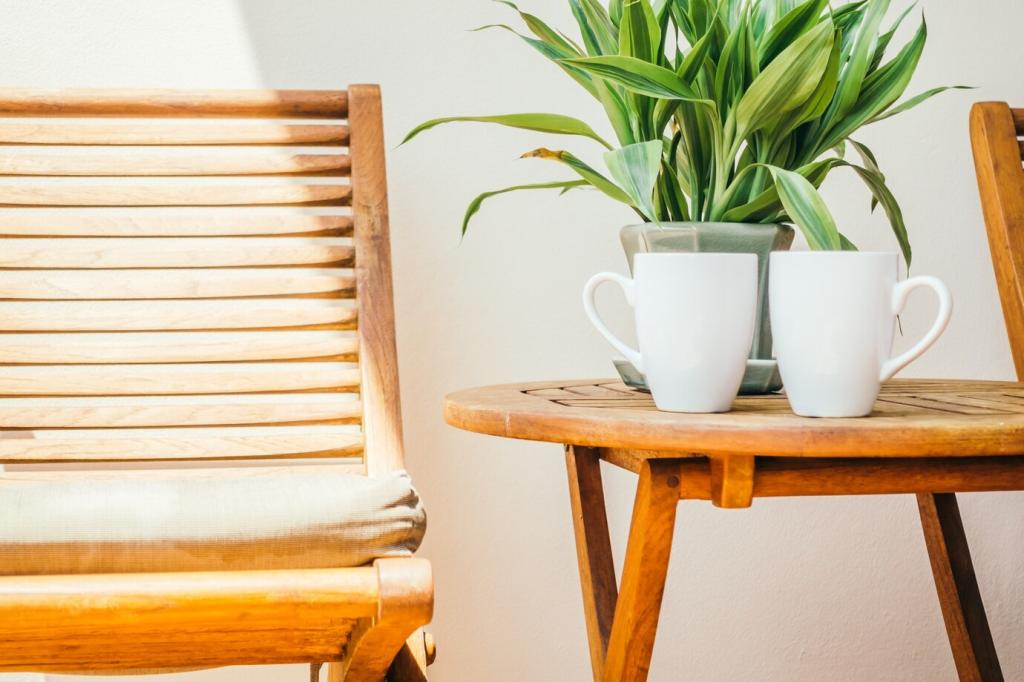
Methods That Respect the Material
Dry Soil Removal Comes First
Grit acts like sandpaper. Thorough vacuuming and gentle brushing lift abrasive particles before any liquid is introduced. This simple habit can halve the effort required later and keeps delicate fibers from premature wear.
Minimal-Moisture Cleaning
Mix a few drops of castile soap in distilled water. Lightly mist a cloth, not the furniture. Blot, don’t rub. Work from the outside inward, and change cloth surfaces often to prevent tidemarks and streaks.
Sunlight and Air, Carefully Applied
After blotting, encourage airflow with a fan. Morning sun can help disinfect, but avoid prolonged direct UV that fades color and dries fibers. Aim for gentle ventilation that leaves pieces refreshed rather than parched.
Stain Scenarios and Real-World Fixes
I once spilled a cappuccino on grandma’s linen chair during a Sunday chat. Quick blotting with distilled water, then a faint castile solution, lifted the stain. Patience, fresh cloths, and a fan prevented water rings entirely.
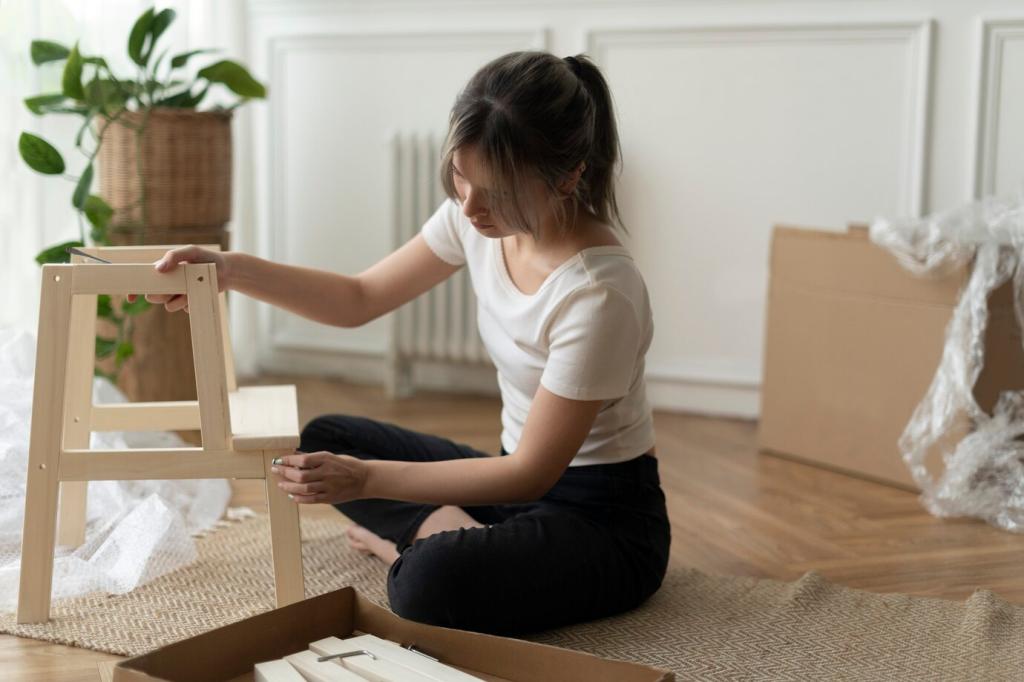
Rotate cushions monthly to distribute wear. Give woven seats a breather between heavy uses. A weekly low-suction vacuum pass resets surfaces, keeping dust from embedding and making deep cleaning less frequent and more sustainable.
Preventive Care That Feels Effortless
Sustainability Deep Dive
Look for responsibly sourced rattan, FSC wood frames, and GOTS or OEKO-TEX textiles when possible. Pair ethical materials with low-tox cleaning to complete the loop. Your routine becomes advocacy, not just maintenance.
Sustainability Deep Dive
Loose cane? Seek a local weaver or a community repair cafe. A stitch, re-tie, or panel patch can add decades of life. Share recommendations and celebrate craftspeople who keep heritage techniques economically viable.
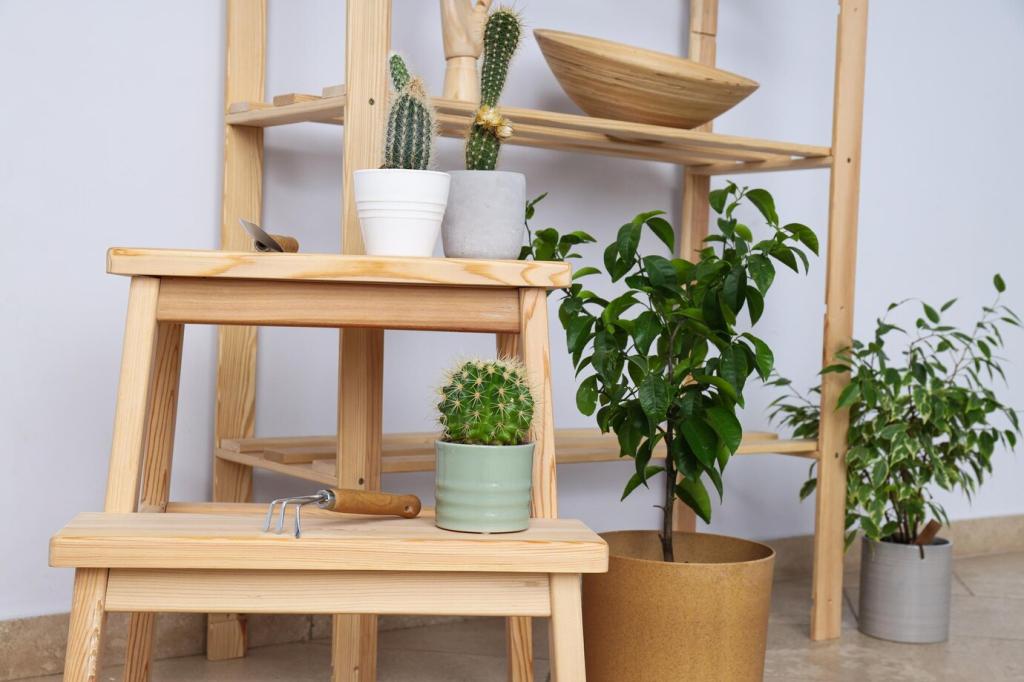
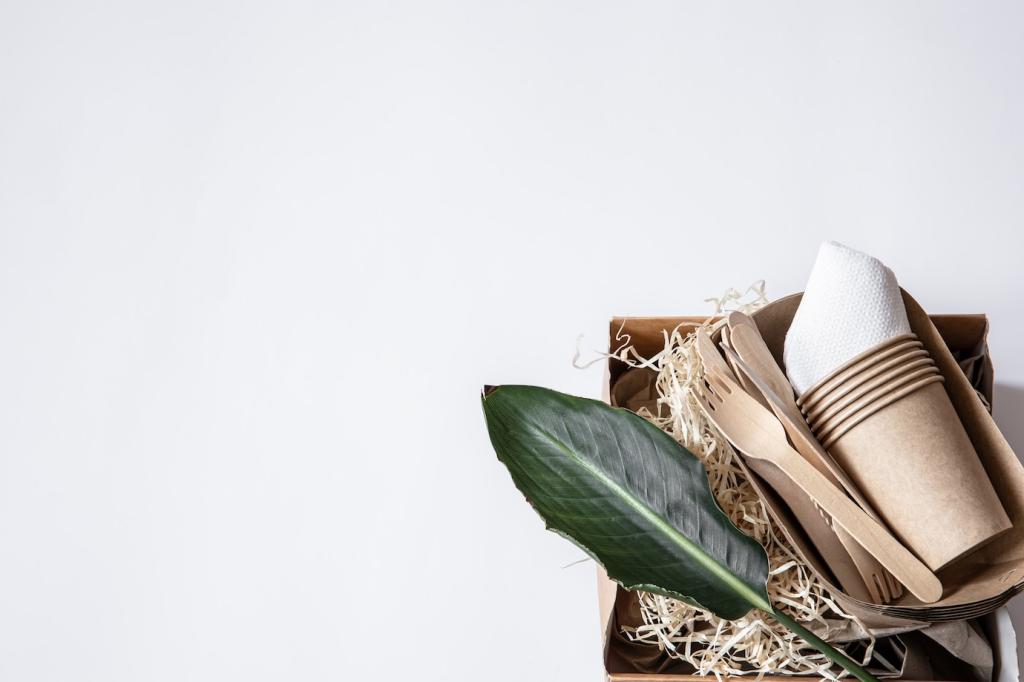
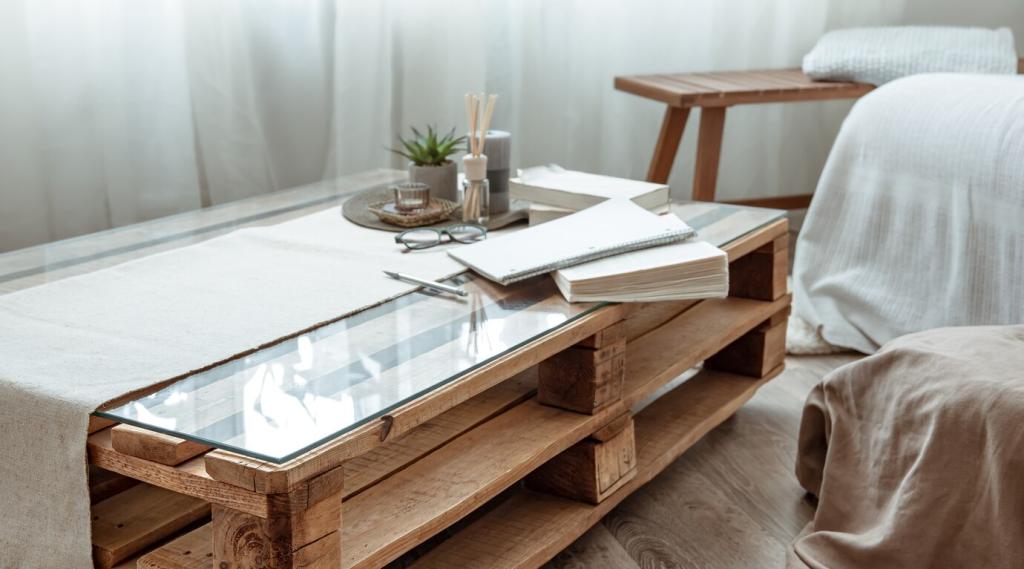
Post your toughest natural fiber cleaning question, from ring removal to odor control. We’ll crowdsource solutions and test methods, then update our guide so everyone benefits from your curiosity and courage.
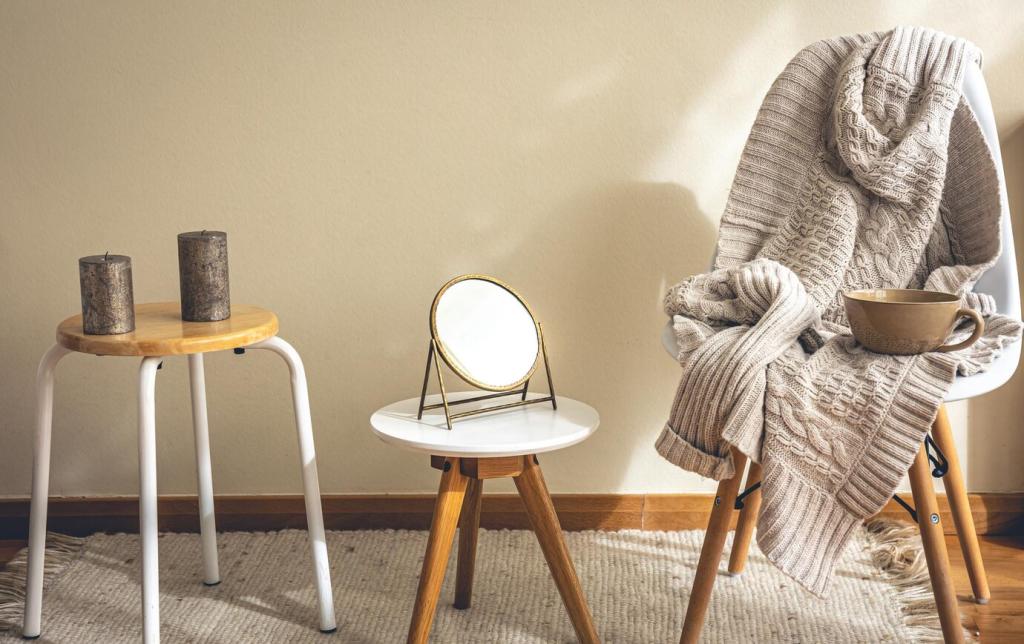
Upload photos of your latest rescue, describe the exact steps, and note drying time. Your documentation helps someone avoid a mistake, and your win might become next month’s featured community tutorial.
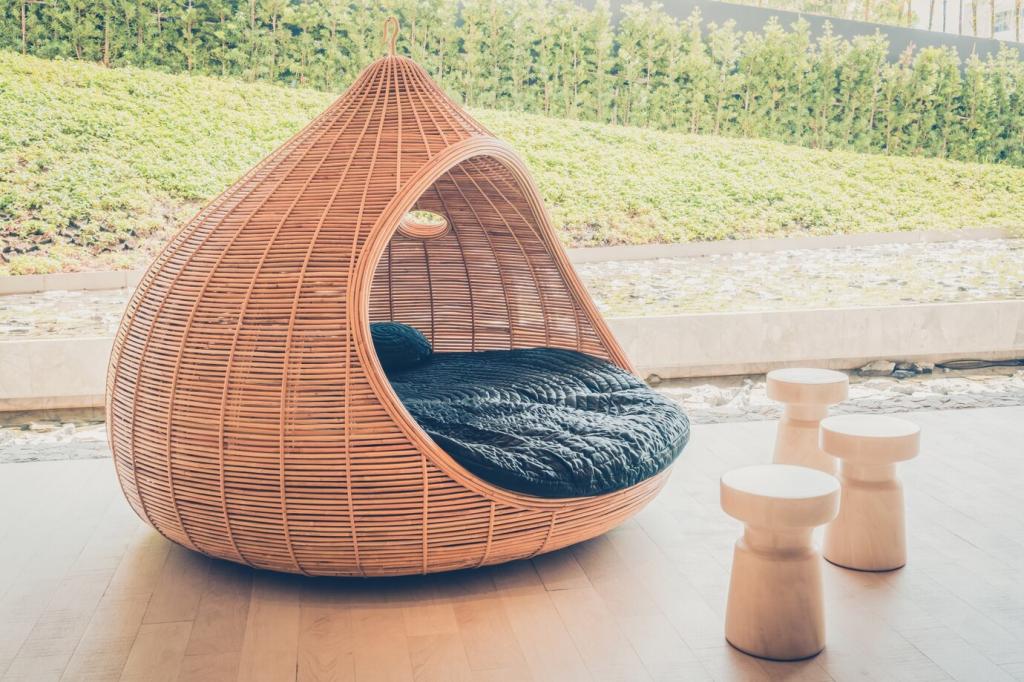
Sign up for quarterly checklists tailored to humidity, pollen, and holiday spills. We’ll deliver gentle reminders, updated recipes, and a short, inspiring story to keep your sustainable cleaning habit joyful and consistent.
Join our mailing list
